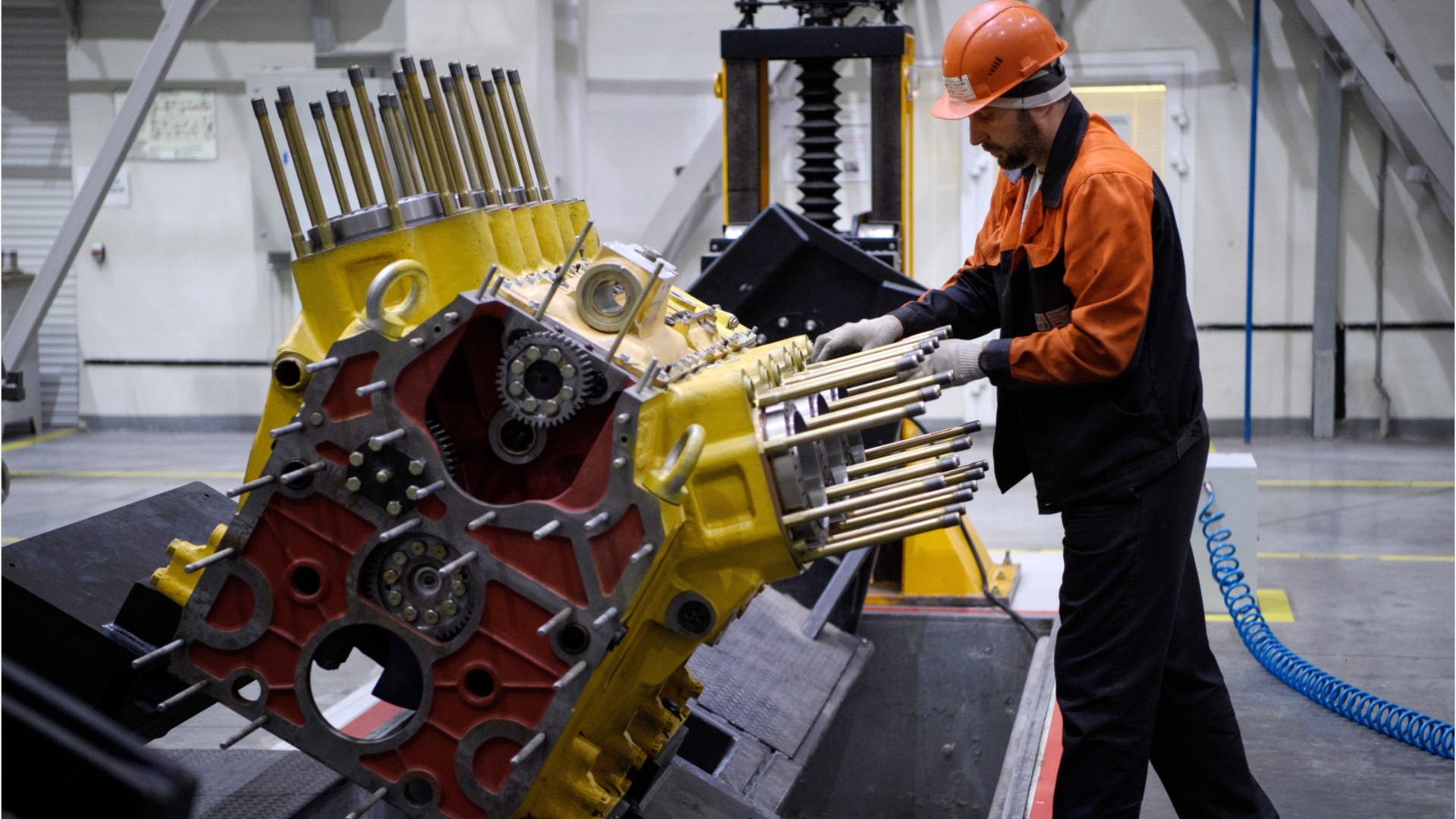Rail Car Repairers
Rail Car Mechanic, Rail Car Repairer, Rail Car Repairman, Rail Car Welder
What they do:
Diagnose, adjust, repair, or overhaul railroad rolling stock, mine cars, or mass transit rail cars.
On the job, you would:
- Record conditions of cars, and repair and maintenance work performed or to be performed.
- Inspect components such as bearings, seals, gaskets, wheels, and coupler assemblies to determine if repairs are needed.
- Repair or replace defective or worn parts such as bearings, pistons, and gears, using hand tools, torque wrenches, power tools, and welding equipment.
Knowledge
Engineering and Technology
- mechanical
- design
Manufactured or Agricultural Goods
- manufacture and distribution of products
Business
- management
Transportation
- movement of people or goods by air, rail, sea, or road
Skills
Basic Skills
- thinking about the pros and cons of different ways to solve a problem
- listening to others, not interrupting, and asking good questions
Technical
- figuring out what is causing equipment, machines, wiring, or computer programs to not work
- repairing machines or systems using the right tools
Abilities
Hand and Finger Use
- hold or move items with your hands
- keep your arm or hand steady
Controlled Movement
- quickly change the controls of a machine, car, truck or boat
- use your arms and/or legs together while sitting, standing, or lying down
Visual Understanding
- quickly compare groups of letters, numbers, pictures, or other things
- see hidden patterns
Ideas and Logic
- notice when problems happen
Personality
People interested in this work like activities that include practical, hands-on problems and solutions.
They do well at jobs that need:
- Cautiousness
- Attention to Detail
- Dependability
- Perseverance
- Integrity
- Stress Tolerance
Technology
You might use software like this on the job:
Internet browser software
- Microsoft Internet Explorer
- Mozilla Firefox
Presentation software
- Microsoft PowerPoint
Spreadsheet software
- Microsoft Excel
Education
Education: (rated 2 of 5)
high school diploma/GED or
certificate after high school
usually needed
certificate after high school
usually needed
Get started on your career:
Find Training
Apprenticeship.gov
Job Outlook
Average
New job opportunities are likely in the future.
Explore More
- Automotive Service Technicians & Mechanics
- Bus & Truck Mechanics & Diesel Engine Specialists
- Engine & Other Machine Assemblers
- Maintenance Workers, Machinery
- Mobile Heavy Equipment Mechanics
You might like a career in one of these industries:
See more details at O*NET OnLine about Rail Car Repairers.





